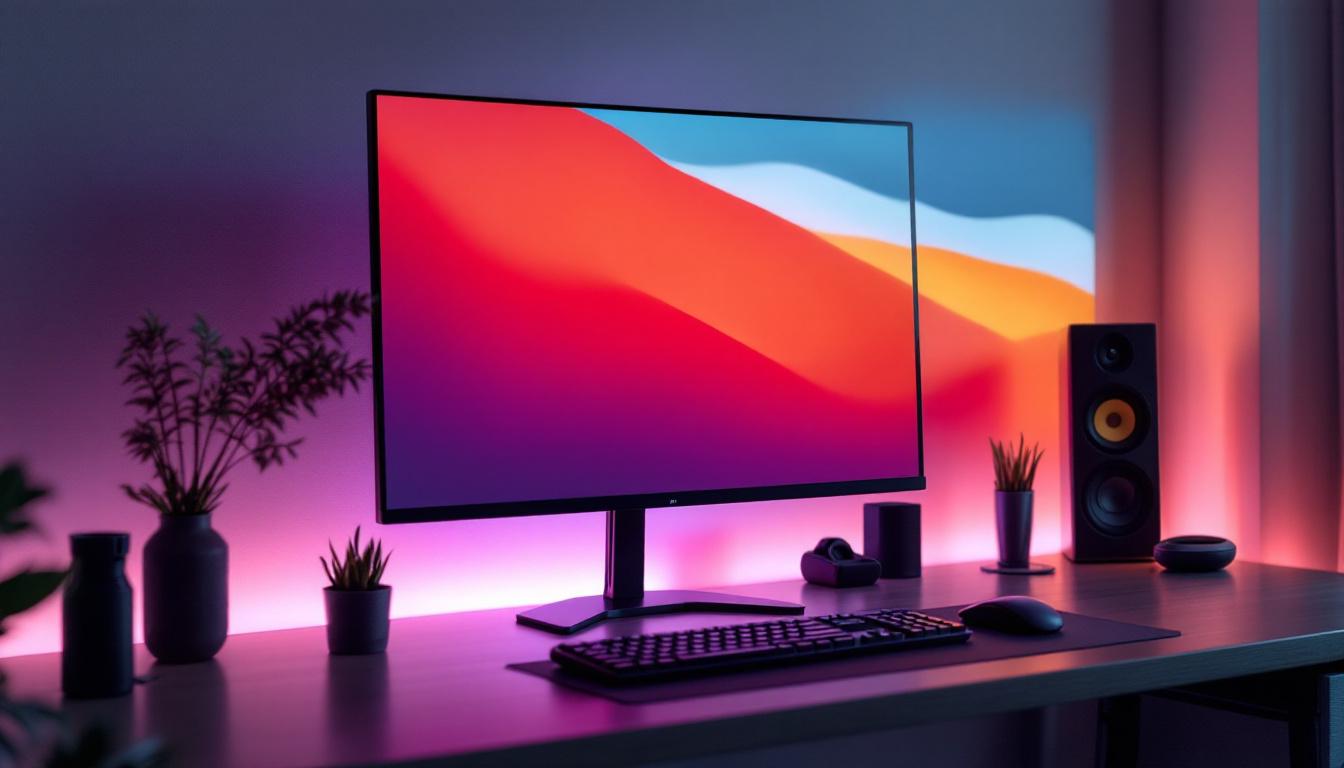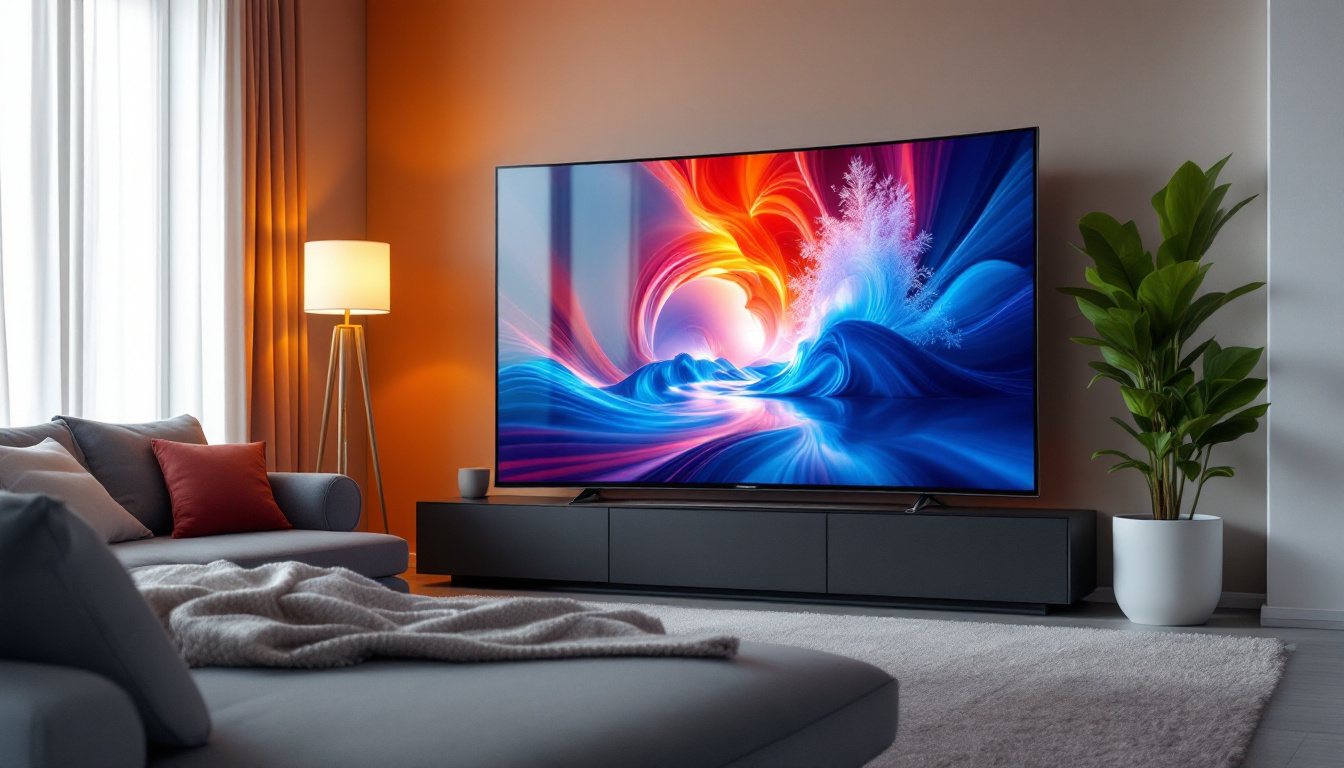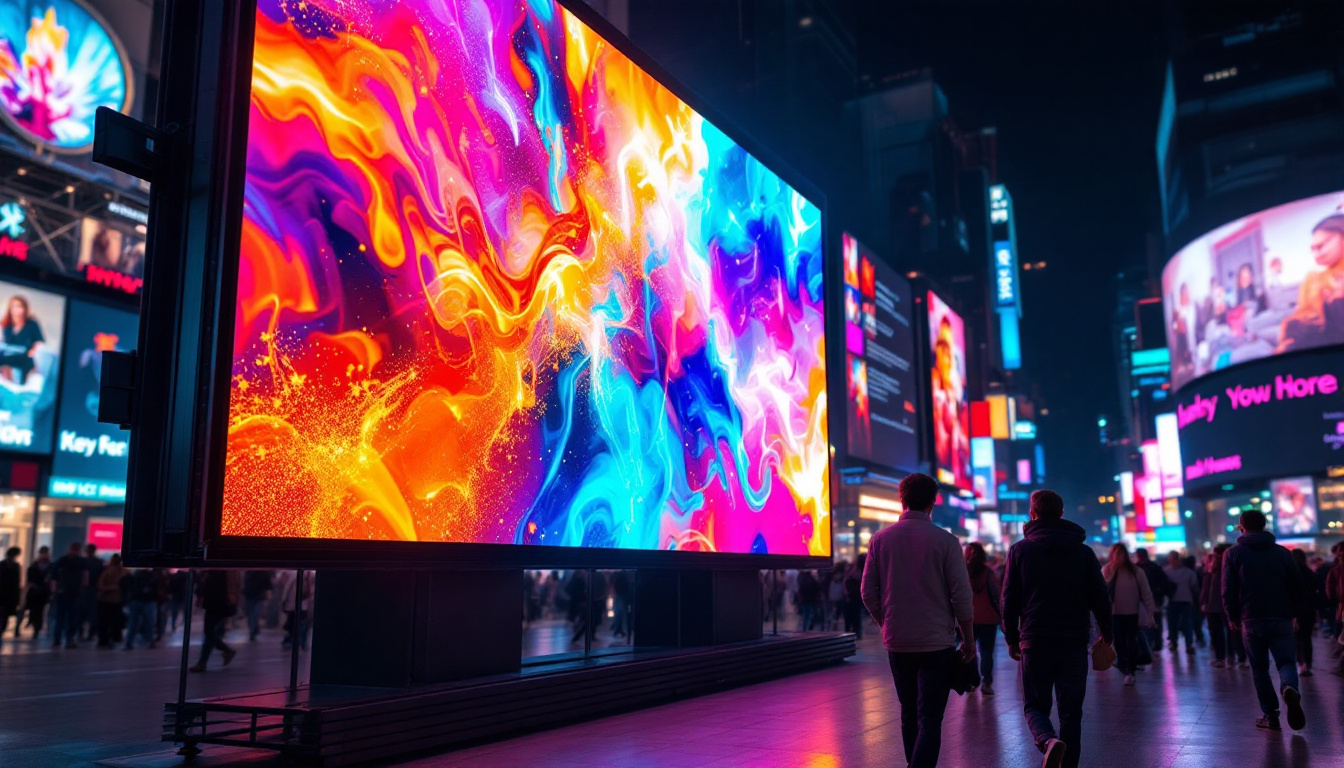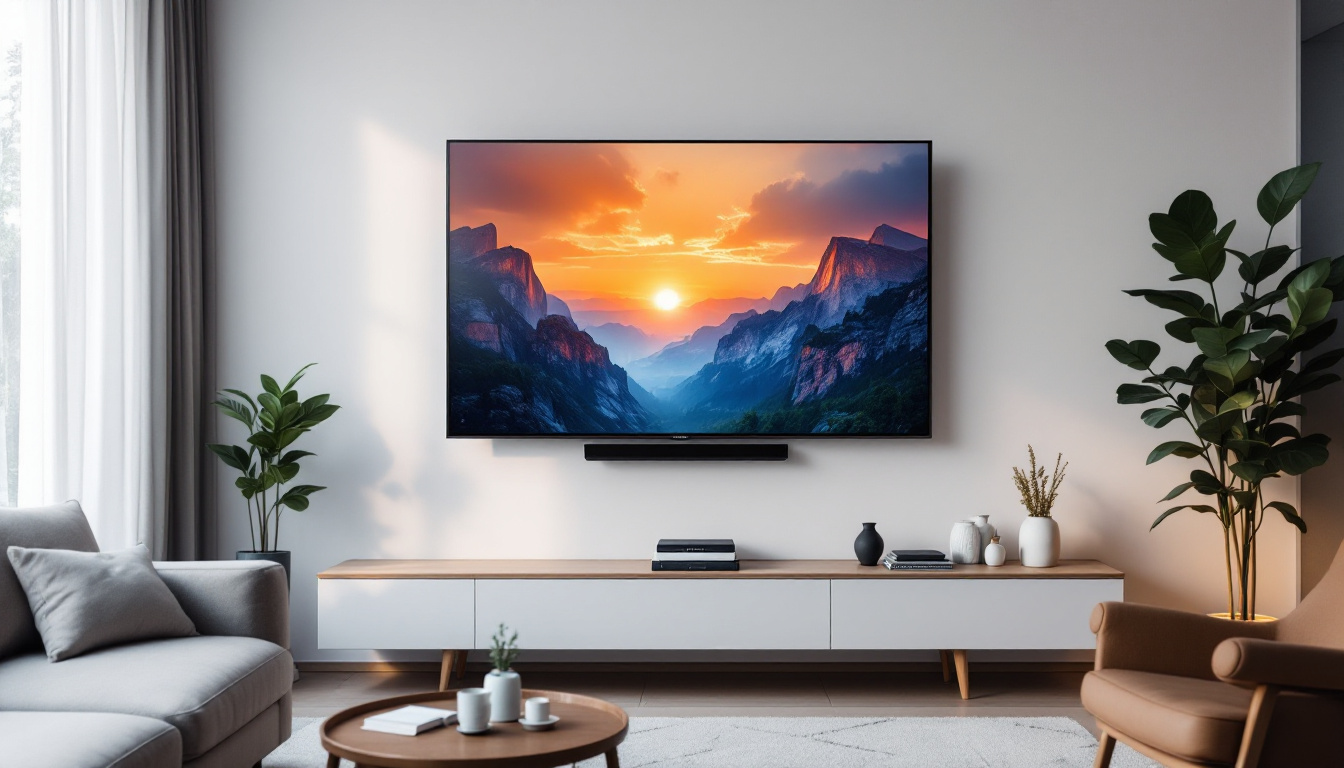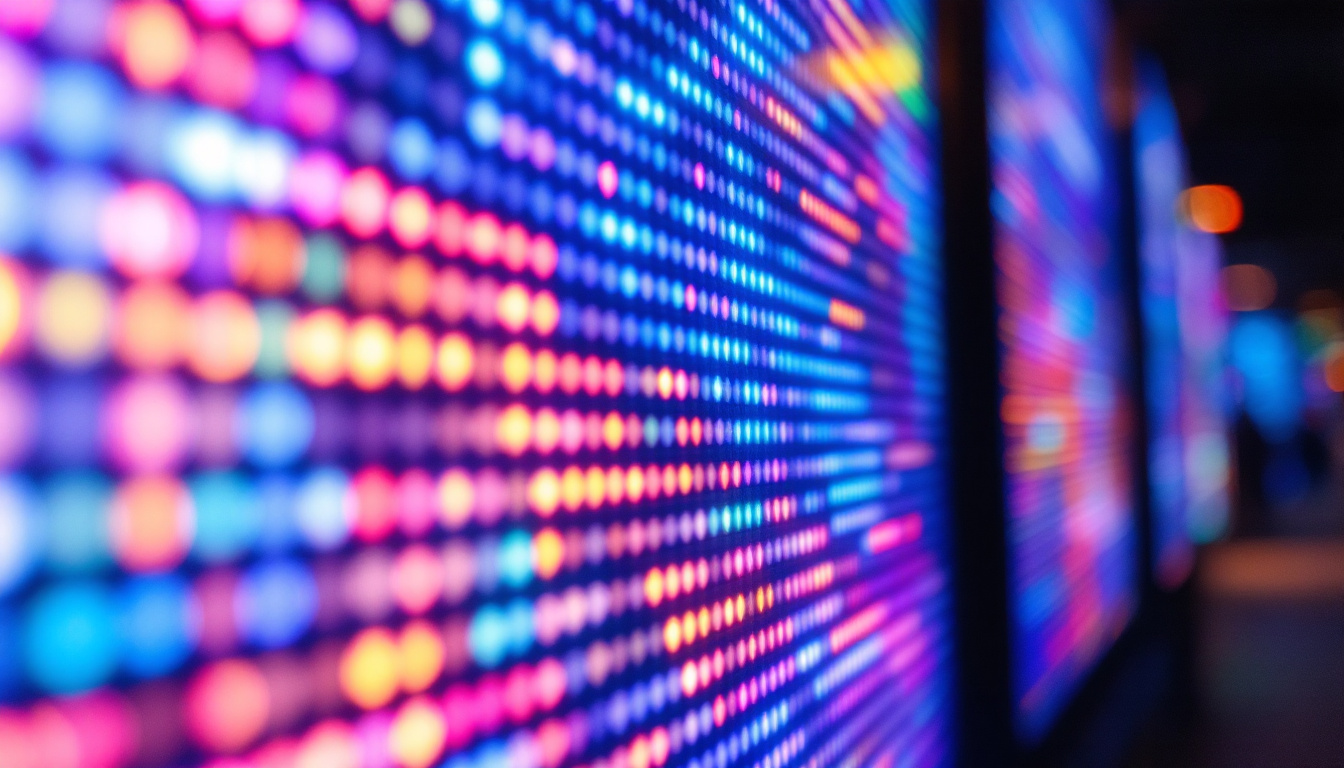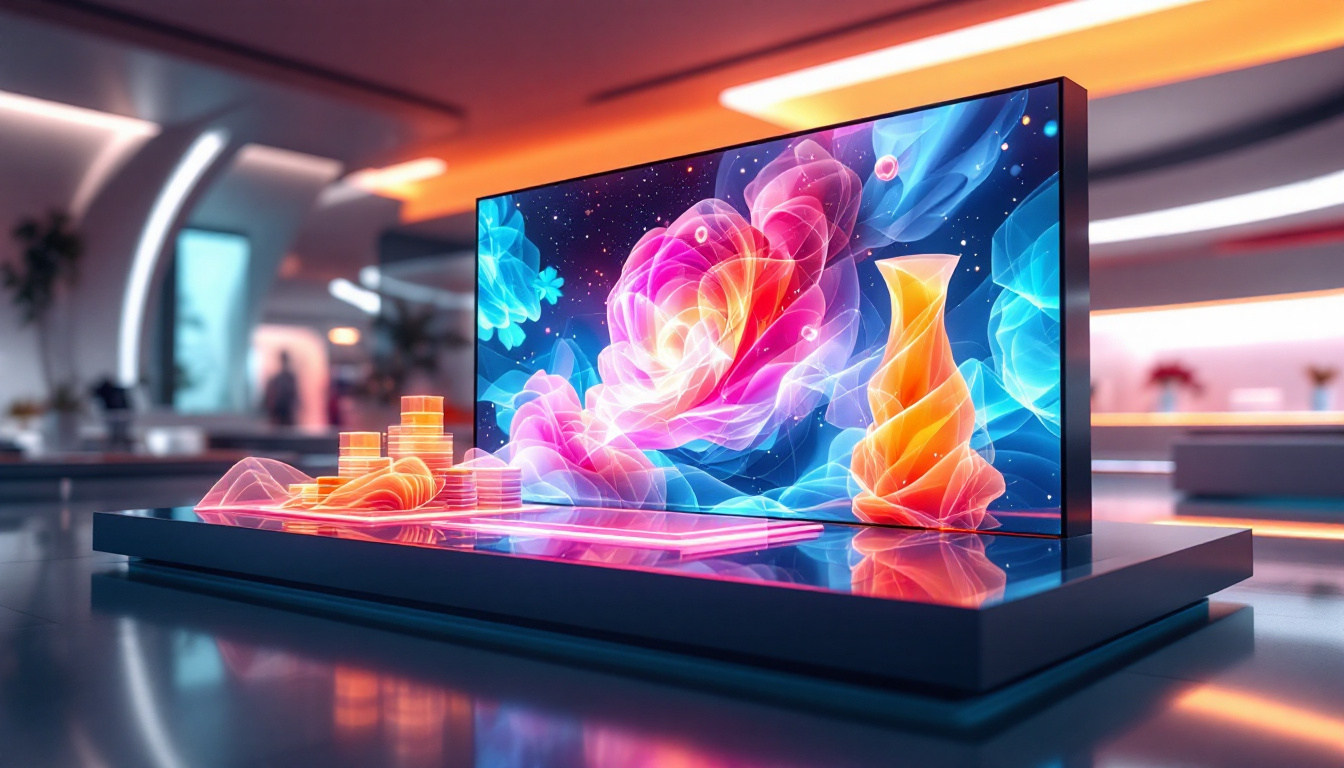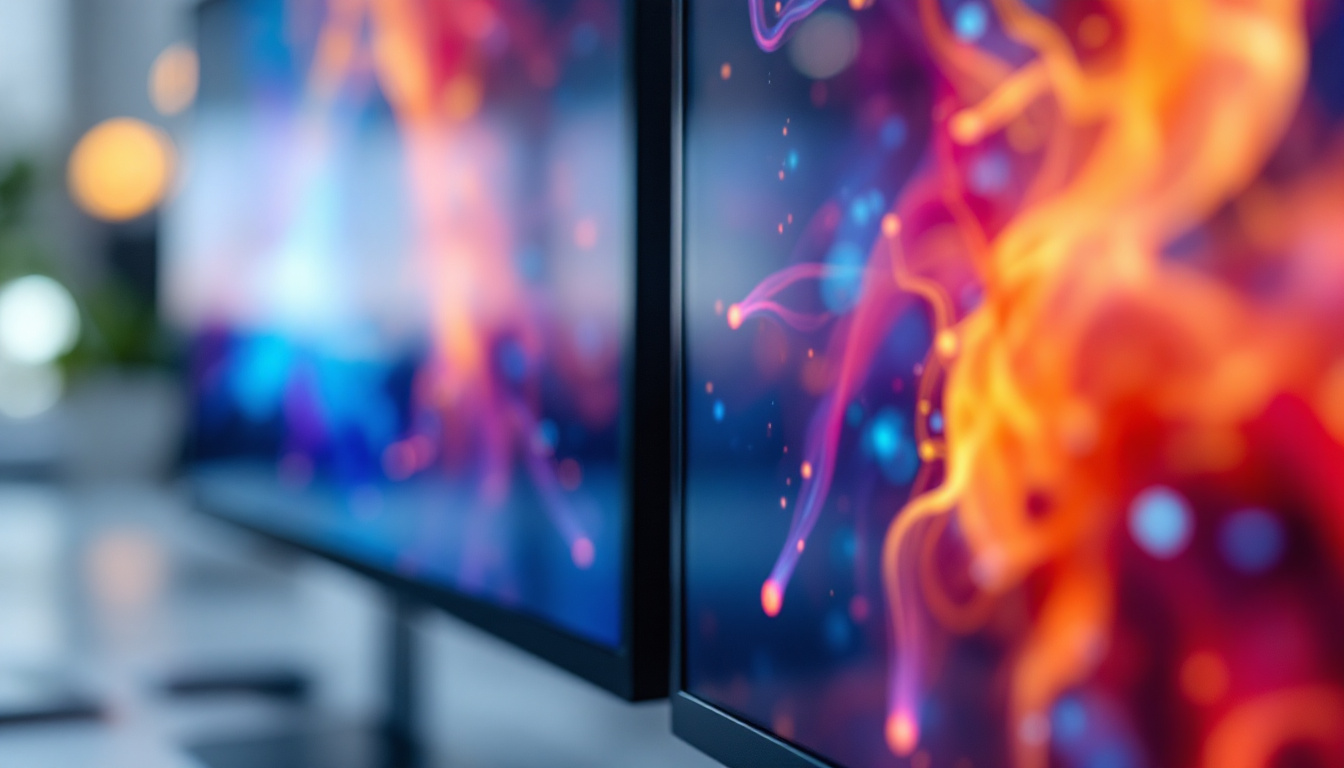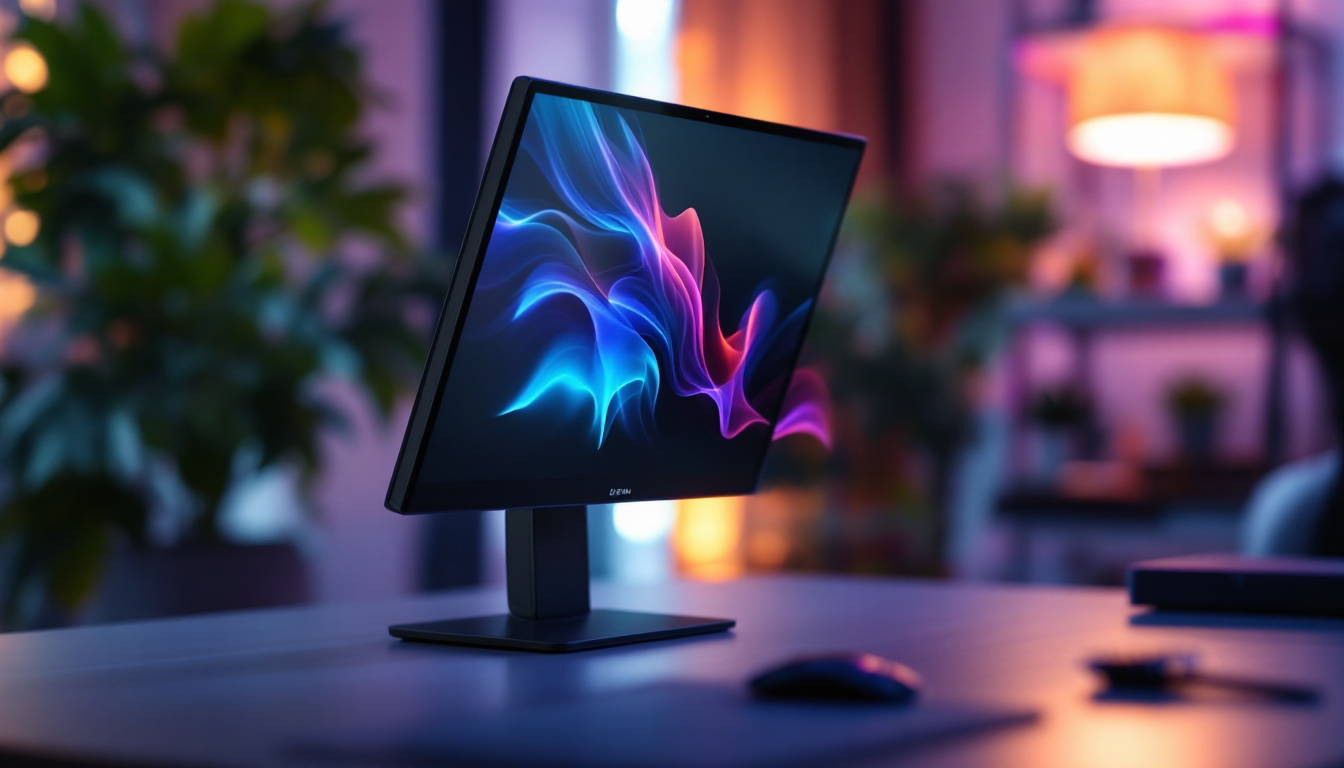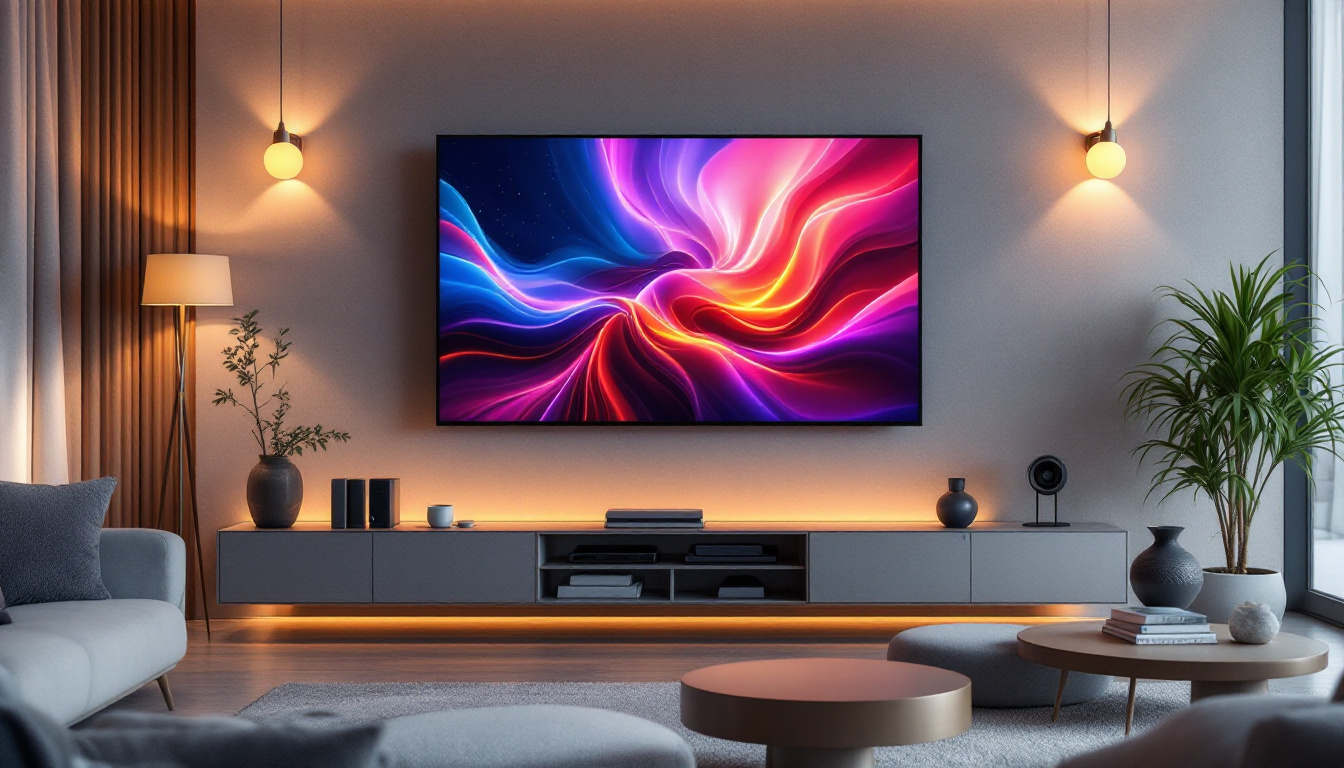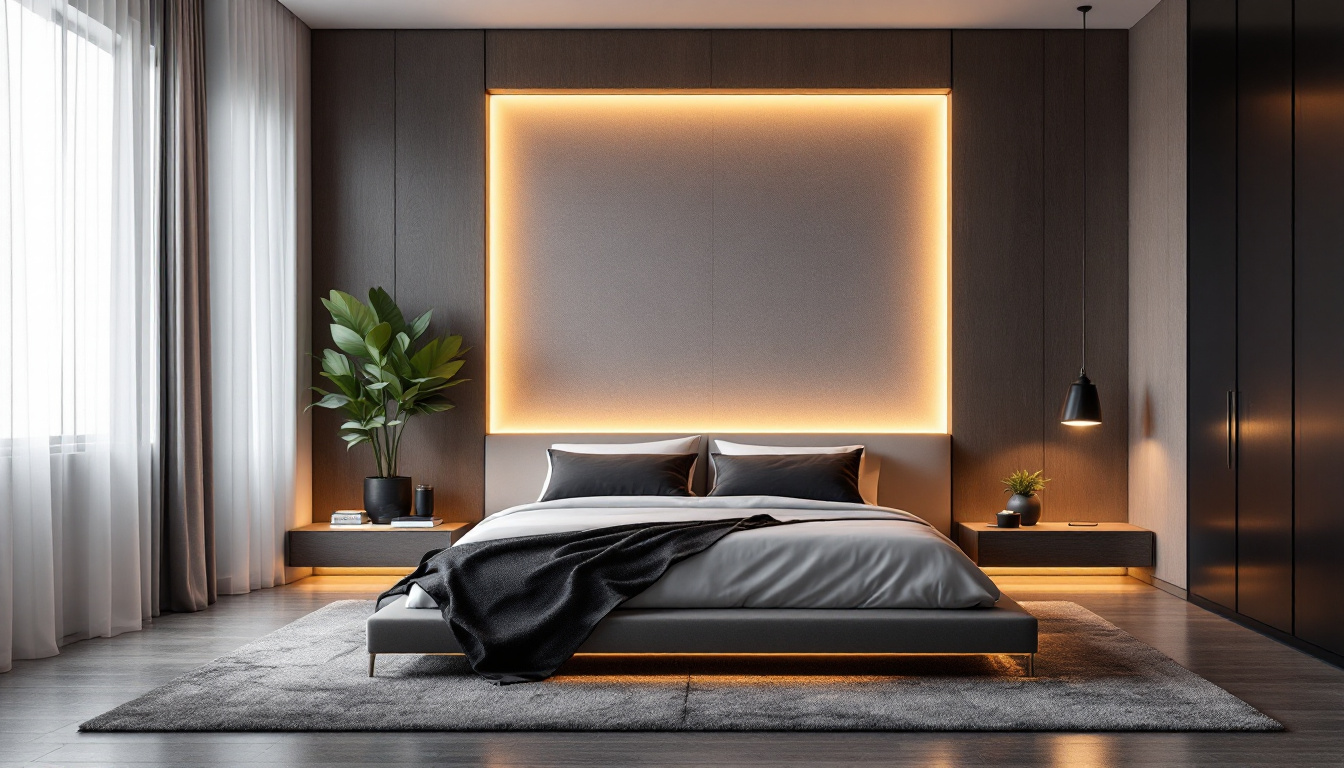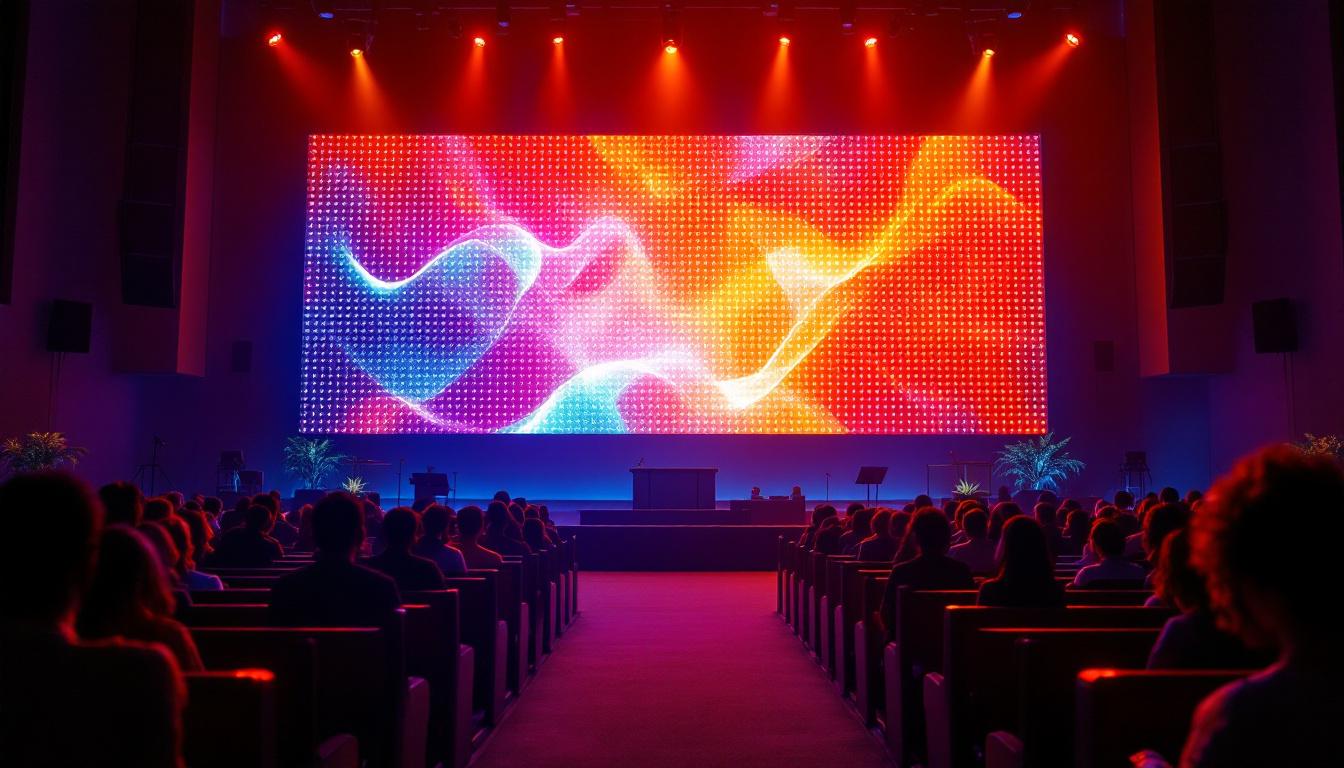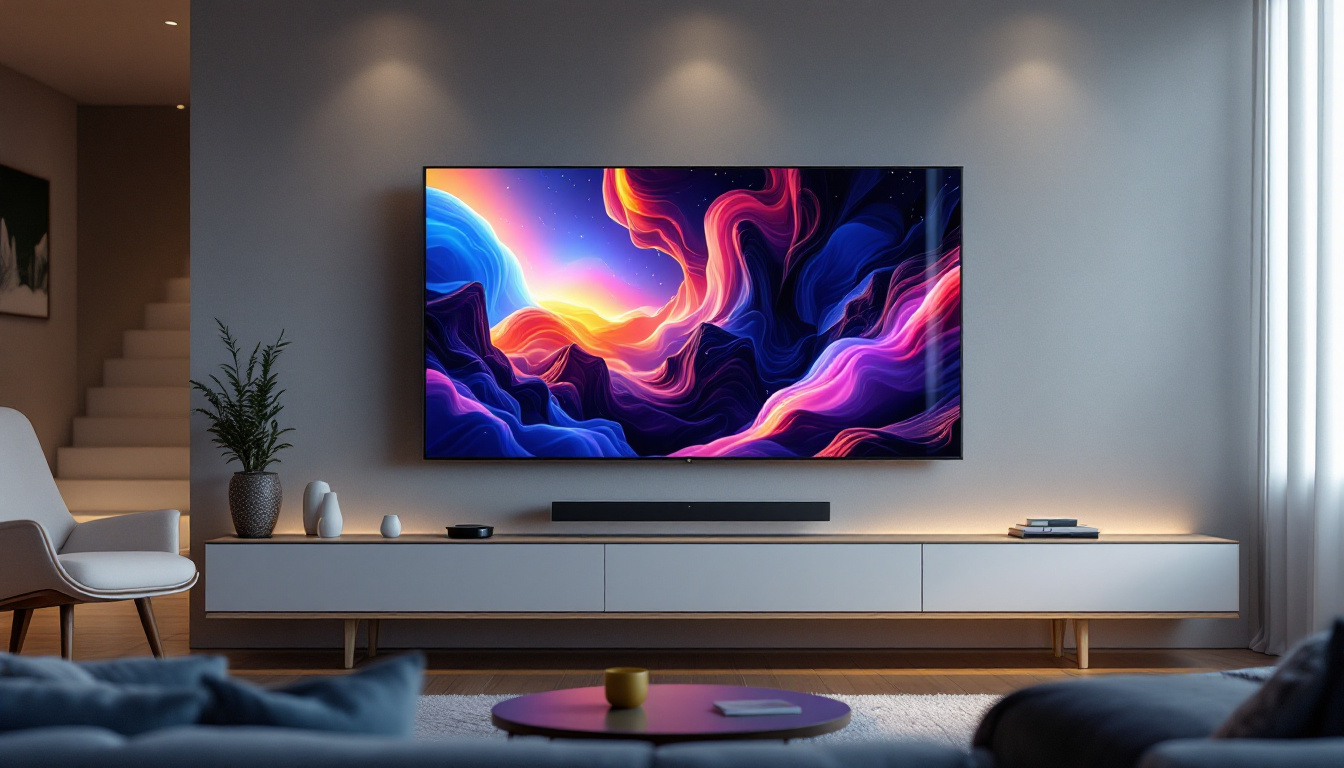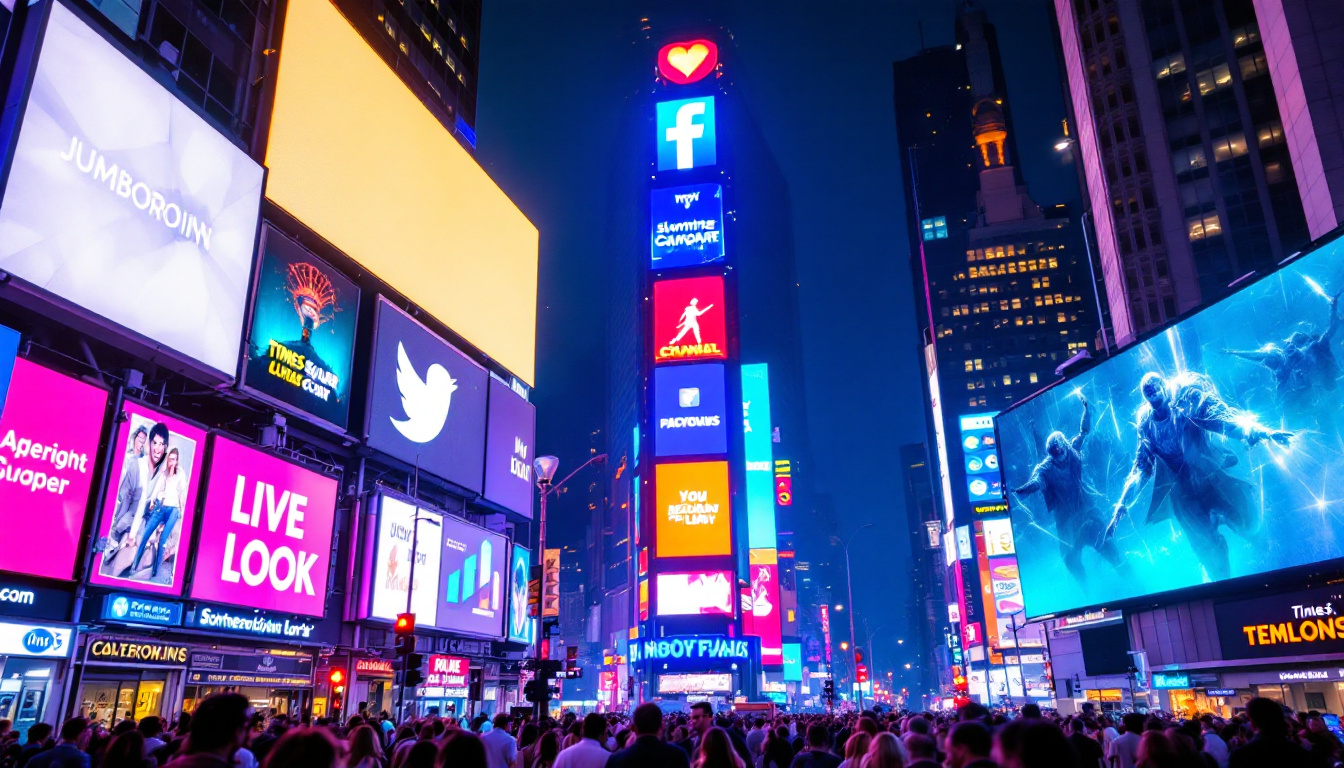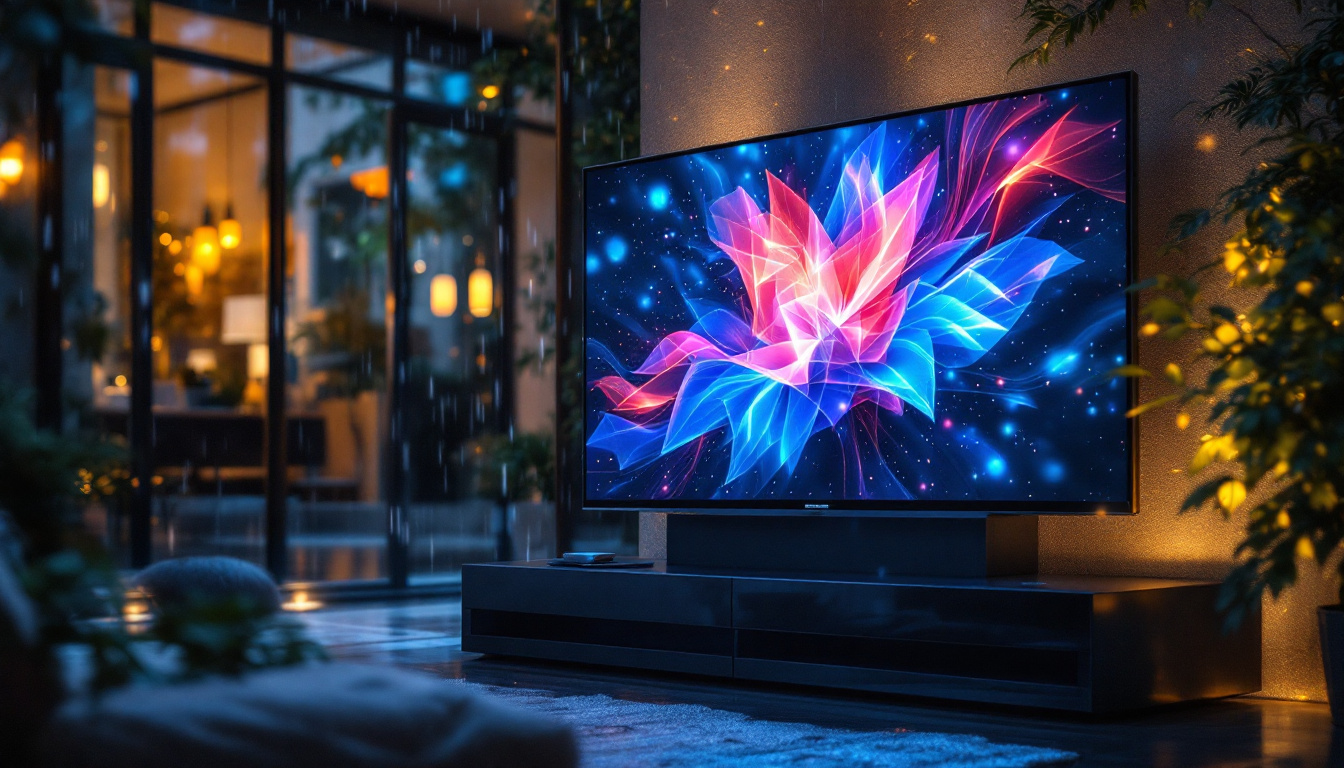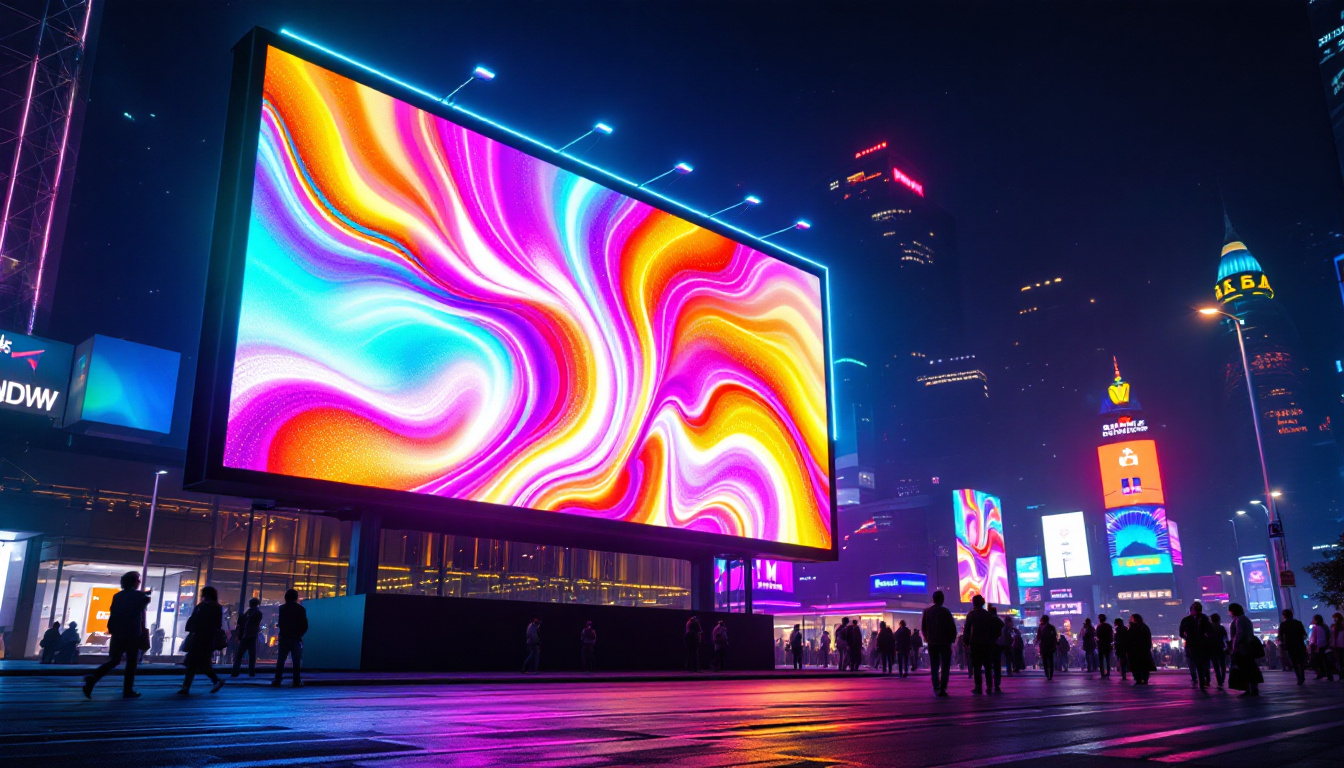Choosing the right monitor is a critical decision for professionals, gamers, and casual users alike. Among the many options available, 32-inch LED monitors have surged in popularity due to their optimal balance of screen real estate and ergonomic usability. However, understanding the dimensions and technical aspects of these displays is essential to making an informed purchase. This article delves into the specifics of 32” monitor dimensions, explains LED display technology, and highlights what users need to consider when selecting a monitor of this size.
Understanding the Physical Dimensions of a 32” Monitor
What Does 32” Actually Mean?
The “32-inch” specification refers to the diagonal measurement of the screen, not the width or height. This means that if you measure from one corner of the display to the opposite corner diagonally, it will measure approximately 32 inches. This is the industry standard for describing monitor sizes, but it’s important to understand that the actual width and height of the screen will vary depending on the aspect ratio.
Aspect Ratios and Their Impact on Dimensions
The most common aspect ratio for modern monitors is 16:9, which is considered widescreen. A 32-inch monitor with a 16:9 aspect ratio typically has a width of about 27.9 inches (70.9 cm) and a height of approximately 15.7 inches (39.9 cm). This size provides ample workspace for multitasking, gaming, and media consumption without overwhelming the user’s desk space.
There are also monitors with other aspect ratios, such as 21:9 (ultrawide), which offer a wider field of view but different height and width dimensions. However, 16:9 remains the most prevalent, especially for LED monitors in the 32-inch category. The choice of aspect ratio can significantly affect the viewing experience; for example, ultrawide monitors are particularly favored by gamers and content creators as they provide an immersive experience that enhances peripheral vision, making gameplay and video editing more engaging.
Bezel Size and Overall Monitor Footprint
When considering monitor dimensions, it’s essential to factor in the bezel—the frame surrounding the display panel. Modern monitors often feature slim bezels, which reduce the overall footprint and contribute to a sleeker aesthetic. However, some models have thicker bezels, which can add an inch or more to the total width and height. The trend towards thinner bezels is not just about aesthetics; it also allows for a more immersive viewing experience, especially when multiple monitors are used in tandem for a multi-display setup.
Additionally, the stand or base of the monitor affects the overall desk space required. Some stands are compact and adjustable, while others are bulkier and less flexible. For users with limited desk space, understanding the full dimensions, including bezels and stands, is crucial. Furthermore, some monitors come with VESA mount compatibility, allowing users to mount their monitors on walls or adjustable arms, which can free up valuable desk space and provide greater flexibility in positioning the screen for optimal viewing angles. This adaptability can be particularly beneficial in home office setups where space efficiency is paramount.
LED Display Technology Explained
What is an LED Monitor?
LED stands for Light Emitting Diode. In the context of monitors, an LED display uses LEDs to illuminate the screen. This technology is a subset of LCD (Liquid Crystal Display) technology, where the LCD panel itself does not emit light but relies on backlighting. LED monitors use LED backlights instead of the older cold cathode fluorescent lamps (CCFLs), resulting in thinner, more energy-efficient displays with better color accuracy and contrast.
LED monitors have revolutionized the way we experience visual media, providing sharper images and vibrant colors that enhance everything from gaming to professional graphic design. The advancements in LED technology have also led to the development of various display types, including those that support high dynamic range (HDR), which allows for a wider range of colors and brightness levels. This capability is particularly beneficial for content creators and consumers who demand high fidelity in their visual experiences.
Types of LED Backlighting
There are two primary types of LED backlighting used in monitors:
- Edge-Lit LED: LEDs are placed along the edges of the screen, and light is diffused across the panel. This design allows for thinner monitors but can sometimes lead to uneven brightness or color uniformity issues.
- Full-Array LED: LEDs are distributed evenly behind the entire screen, enabling more precise local dimming and better contrast ratios. Full-array LED monitors tend to be thicker and more expensive but offer superior picture quality.
Understanding these differences is important because they influence the visual experience and price point of 32-inch LED monitors. Additionally, some manufacturers have begun to incorporate advanced technologies, such as mini-LED and micro-LED, which utilize smaller diodes for even greater control over brightness and color. These innovations are paving the way for displays that can achieve near-OLED levels of performance, making them increasingly appealing for both consumers and professionals alike.
Advantages of LED Monitors
LED monitors offer several benefits over older display technologies:
- Energy Efficiency: LEDs consume less power than CCFL backlights, making them more environmentally friendly and cost-effective over time.
- Better Brightness and Contrast: LED backlighting can achieve higher brightness levels and deeper blacks, enhancing image quality.
- Thinner Design: LED technology allows for slimmer monitors, which are more aesthetically pleasing and easier to fit into various workspaces.
- Longer Lifespan: LEDs typically last longer than traditional backlighting methods, reducing the need for replacements.
Moreover, LED monitors are often equipped with features that enhance user experience, such as flicker-free technology and blue light filters, which help reduce eye strain during prolonged use. These features are particularly important in today’s digital age, where many individuals spend hours in front of screens for work, entertainment, or education. As a result, LED monitors not only provide superior visual performance but also contribute to a healthier viewing experience.
Choosing the Right 32” LED Monitor for Your Needs
Resolution and Pixel Density
Resolution is a critical factor in monitor performance. Common resolutions for 32-inch monitors include Full HD (1920×1080), Quad HD (2560×1440), and 4K UHD (3840×2160). The choice depends on the intended use:
- Full HD (1080p): Suitable for general office work and casual use. However, at 32 inches, 1080p can result in lower pixel density, making images and text less sharp.
- Quad HD (1440p): Offers a good balance between sharpness and performance, ideal for gamers and professionals who need more screen real estate and clarity.
- 4K UHD: Provides exceptional detail and clarity, perfect for video editors, graphic designers, and users who require the highest resolution. However, it demands more powerful hardware to drive the display effectively.
Pixel density, measured in pixels per inch (PPI), impacts how crisp images appear. For a 32” monitor, 4K resolution typically yields around 140 PPI, which is excellent for detailed work, while 1080p yields about 69 PPI, which may appear less sharp.
Refresh Rate and Response Time
For gamers and video professionals, refresh rate and response time are crucial. The refresh rate, measured in Hertz (Hz), indicates how many times the screen updates per second. Most standard 32-inch monitors have 60Hz, but gaming-oriented models can offer 120Hz, 144Hz, or even higher.
Response time refers to how quickly a pixel can change from one color to another, typically measured in milliseconds (ms). Lower response times reduce motion blur and ghosting, enhancing the gaming and video playback experience.
Connectivity Options
Modern 32-inch LED monitors come with various connectivity options, including HDMI, DisplayPort, USB-C, and sometimes legacy ports like VGA or DVI. USB-C is increasingly popular for its ability to deliver video, data, and power through a single cable, simplifying desk setups.
Choosing a monitor with multiple input options ensures compatibility with different devices, from desktops and laptops to gaming consoles and media players.
Ergonomics and Adjustability
Ergonomic features such as height adjustment, tilt, swivel, and pivot are important for user comfort, especially during extended use. A 32-inch monitor’s size means it’s often positioned slightly further away than smaller monitors, but proper adjustability helps reduce neck and eye strain.
Some monitors also offer VESA mount compatibility, allowing users to mount the display on adjustable arms or wall mounts for greater flexibility.
Practical Applications of 32” LED Monitors
Professional Use Cases
For professionals in graphic design, video editing, and software development, a 32-inch LED monitor provides a generous workspace that facilitates multitasking and detailed work. The combination of size and resolution allows for multiple windows to be open simultaneously without sacrificing clarity.
Many professionals prefer 32-inch monitors with 4K resolution for the sharpness and color accuracy required in creative fields. Additionally, LED technology’s superior color reproduction enhances the visual experience.
Gaming and Entertainment
Gamers benefit from the immersive experience that a 32-inch screen offers. The larger display size combined with higher refresh rates and faster response times can provide a competitive edge and more engaging gameplay. Many gaming monitors in this size category also support adaptive sync technologies like NVIDIA G-SYNC or AMD FreeSync to minimize screen tearing.
For entertainment, such as watching movies or streaming content, a 32-inch LED monitor with high resolution and good color accuracy delivers vibrant and crisp visuals, rivaling many smaller TVs.
General Productivity and Home Use
For everyday computing tasks like web browsing, document editing, and video conferencing, a 32-inch monitor offers a comfortable viewing experience without overwhelming desk space. The LED backlighting ensures energy efficiency, which is beneficial for home users mindful of electricity consumption.
Many users also appreciate the aesthetic appeal of slim LED monitors, which complement modern home office setups.
Conclusion: Making the Most of Your 32” LED Monitor
Understanding the dimensions and technology behind 32-inch LED monitors is vital to selecting a display that meets your specific needs. The diagonal size, aspect ratio, bezel design, and stand dimensions all influence how the monitor fits into your workspace. Meanwhile, LED technology offers significant advantages in terms of energy efficiency, image quality, and design.
Whether for professional use, gaming, or general productivity, a 32-inch LED monitor strikes a balance between screen size and usability. By considering factors such as resolution, refresh rate, connectivity, and ergonomics, users can find a model that enhances their computing experience and delivers excellent value.
As technology continues to evolve, 32-inch LED monitors remain a versatile and popular choice for a wide range of applications, combining modern design with impressive performance.
Discover LumenMatrix’s Advanced LED Display Solutions
Ready to elevate your visual experience with a 32” LED monitor that embodies cutting-edge technology and design? Look no further than LumenMatrix, a pioneer in LED display innovation. Our extensive range of solutions, including Indoor and Outdoor LED Wall Displays, Vehicle LED Displays, and more, are crafted to transform your space and captivate your audience. Embrace the future of visual communication with LumenMatrix’s LED displays that promise to enhance engagement and deliver your message with unparalleled impact. Check out LumenMatrix LED Display Solutions today and see the difference for yourself.

